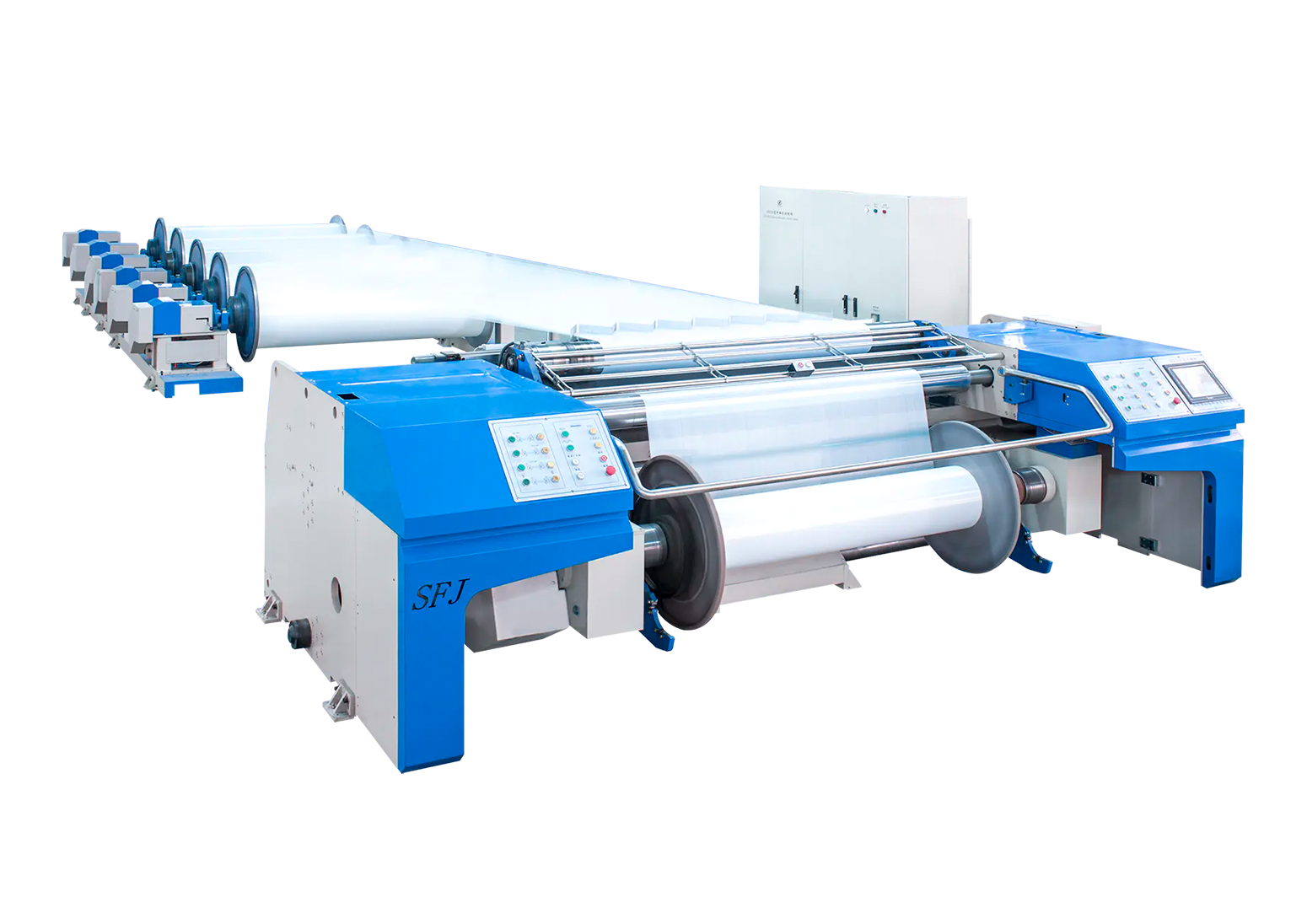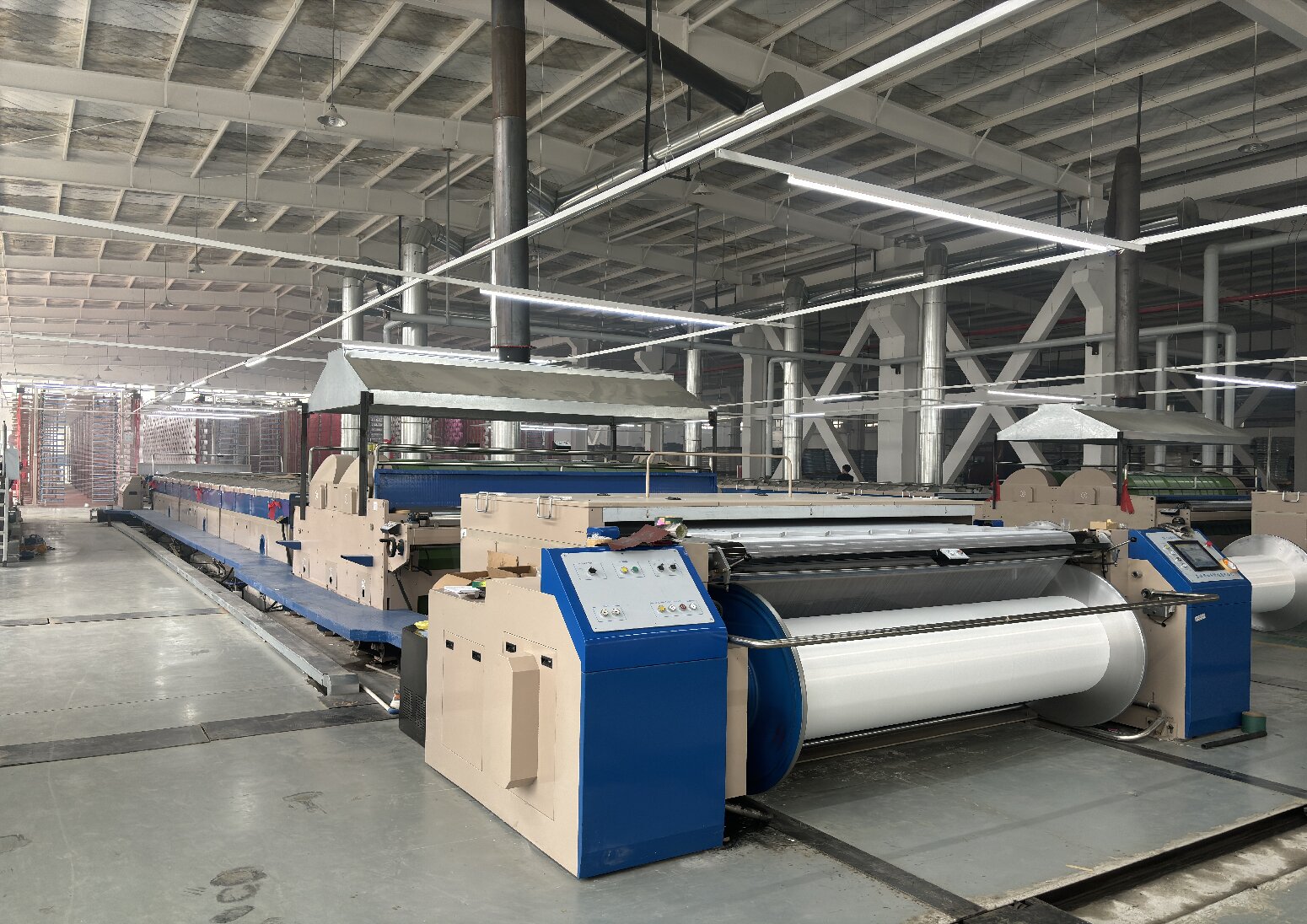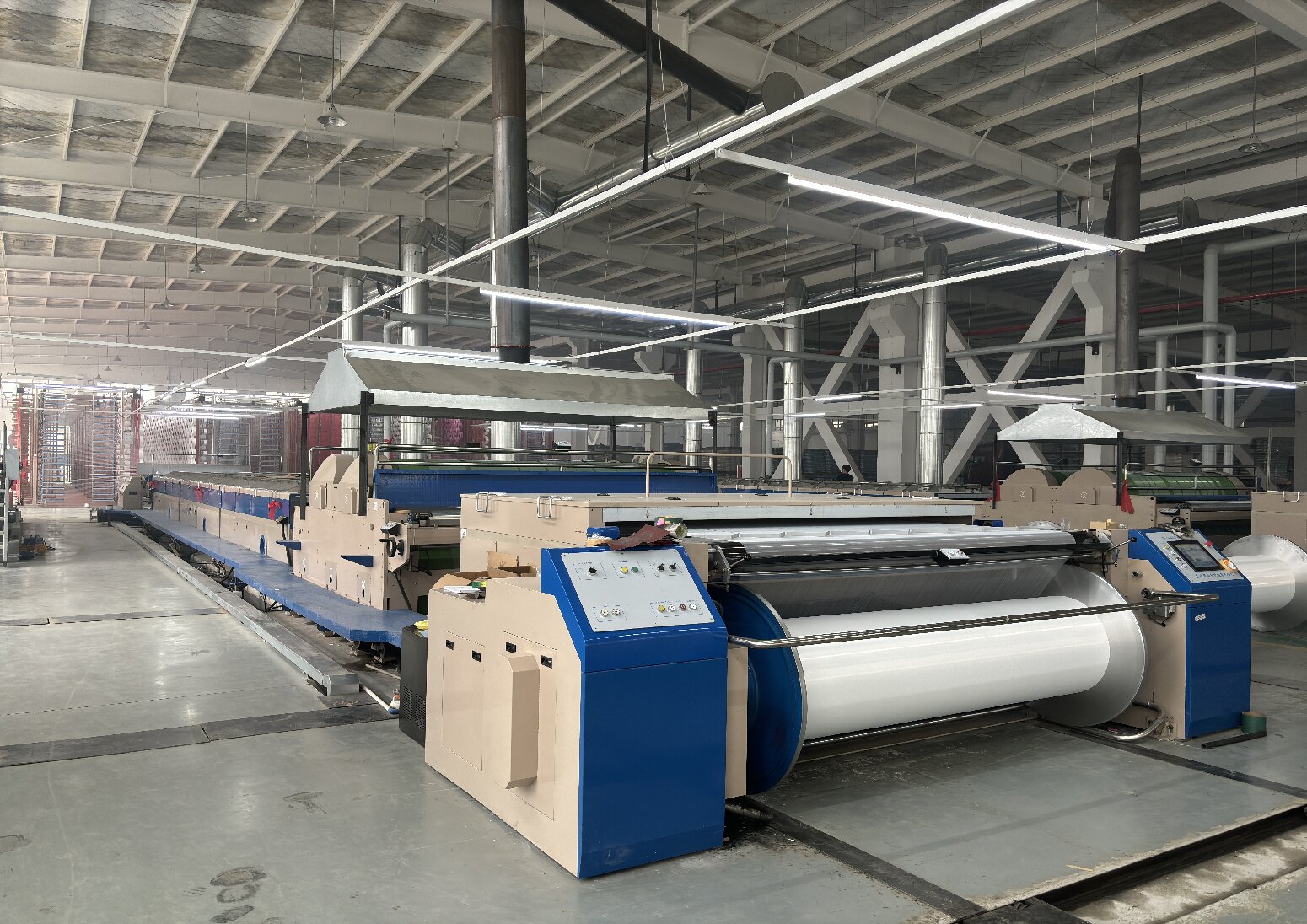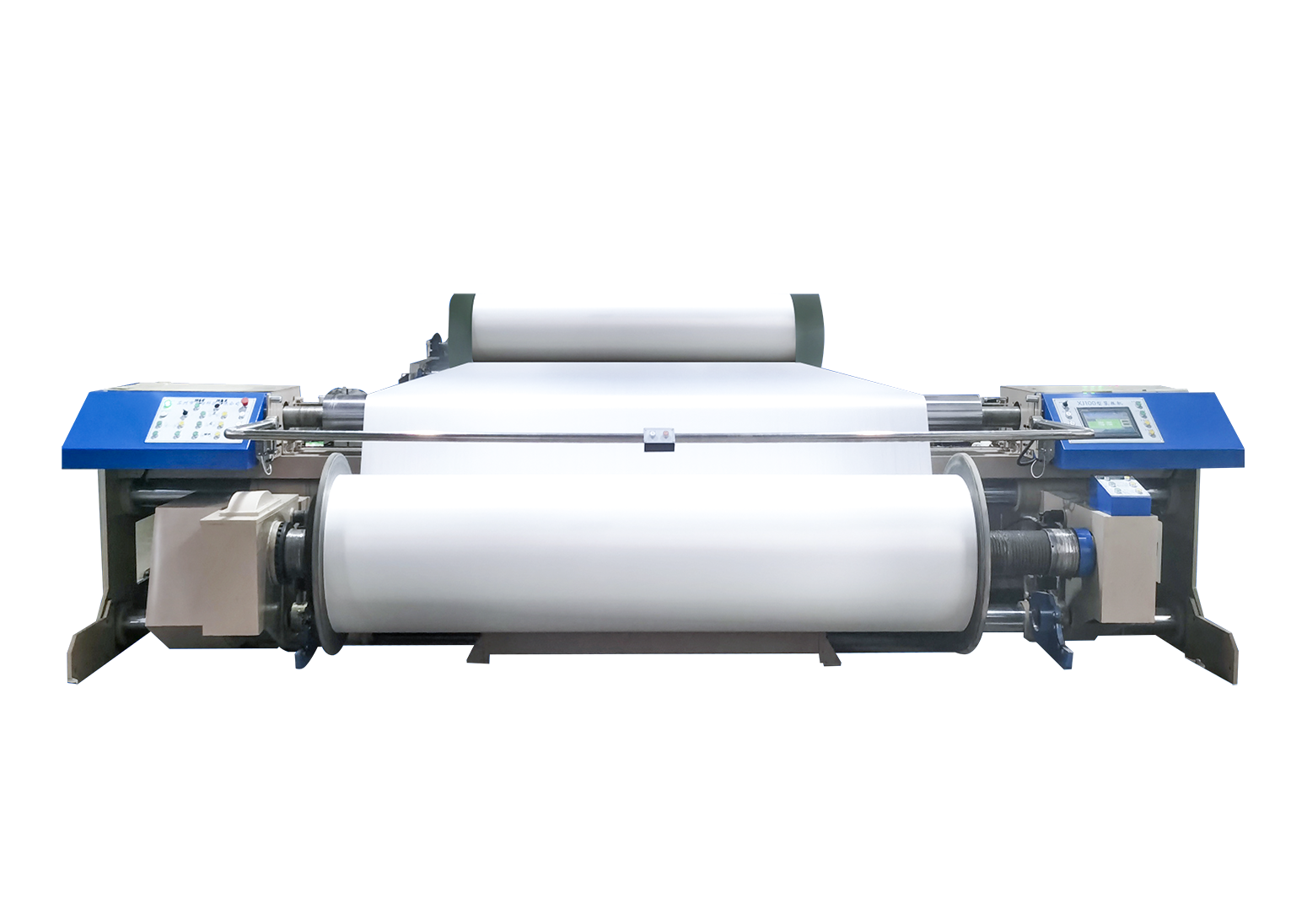How Sizing Machines Contribute to Fabric Finishing
Sizing machines play a crucial role in the fabric finishing process, particularly in the weaving industry. Fabric finishing is the final stage in the production of textiles and involves various treatments to improve the appearance, hand feel, and performance of the fabric. Sizing machines are specifically used in the weaving process and contribute to fabric finishing in the following ways:
Warp Yarn Coating: Sizing machines are primarily used to apply a sizing agent onto the warp yarns before they are woven into fabric. Sizing agents are typically a mixture of natural or synthetic substances like starch or polyvinyl alcohol. This coating serves several purposes, including:
Protecting the warp yarns from abrasion and friction during the weaving process, reducing breakage.
Enhancing the strength and integrity of the yarns, making them more resistant to tension and stress.
Improving the weaving efficiency by reducing yarn breakages, which leads to less downtime and higher fabric quality.
Lubrication: Sizing agents applied to the warp yarns act as a lubricant, reducing friction and wear during the weaving process. This contributes to a smoother weaving operation and extends the life of the weaving machine parts.
Weave Quality: Properly sized warp yarns result in a better-quality fabric. The sizing agent helps to maintain the evenness and consistency of the yarns, preventing issues like slubs, irregularities, and variations in tension during weaving. This leads to a fabric with a more uniform appearance and better performance characteristics.
Handle and Drape: The sizing agent can influence the hand feel (how the fabric feels to the touch) and drape (how the fabric hangs) of the finished fabric. Depending on the type and concentration of sizing agent used, it can make the fabric softer or stiffer, more or less supple, according to the desired end-use.
Yarn Stability: Sizing helps control the swelling and shrinking of yarn during subsequent wet processes, such as dyeing and finishing. This ensures that the fabric retains its dimensions and characteristics throughout its life cycle.
Efficient Downstream Processing: Sizing reduces the lint and dust produced during weaving, resulting in cleaner and more efficient downstream processing, such as dyeing and printing. This is particularly important for achieving high-quality, defect-free fabrics.
Cost-Efficiency: Sizing contributes to cost savings by reducing yarn breakage, minimizing machine downtime, and improving weaving efficiency. It also enables the use of lower-quality or thinner yarns without compromising fabric quality.
In summary, sizing machines are a critical component in fabric finishing, particularly in the weaving industry. They ensure the warp yarns are properly coated with sizing agents, leading to improved weaving efficiency, better fabric quality, and enhanced downstream processing. The application of sizing agents has a significant impact on the performance, appearance, and feel of the finished fabric, making sizing a vital step in the textile production process.



 中文简体
中文简体








